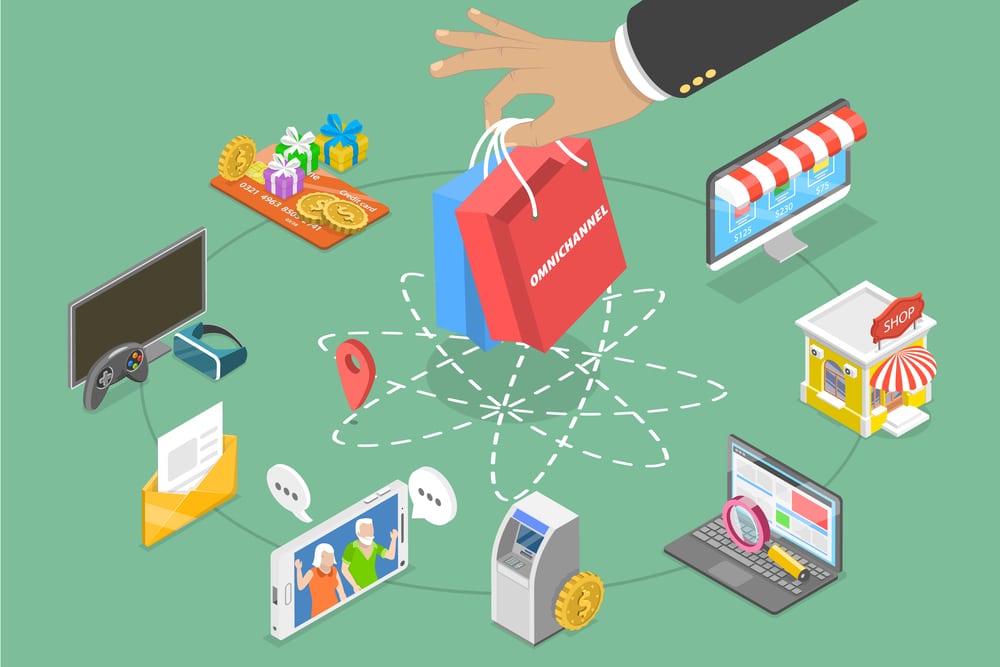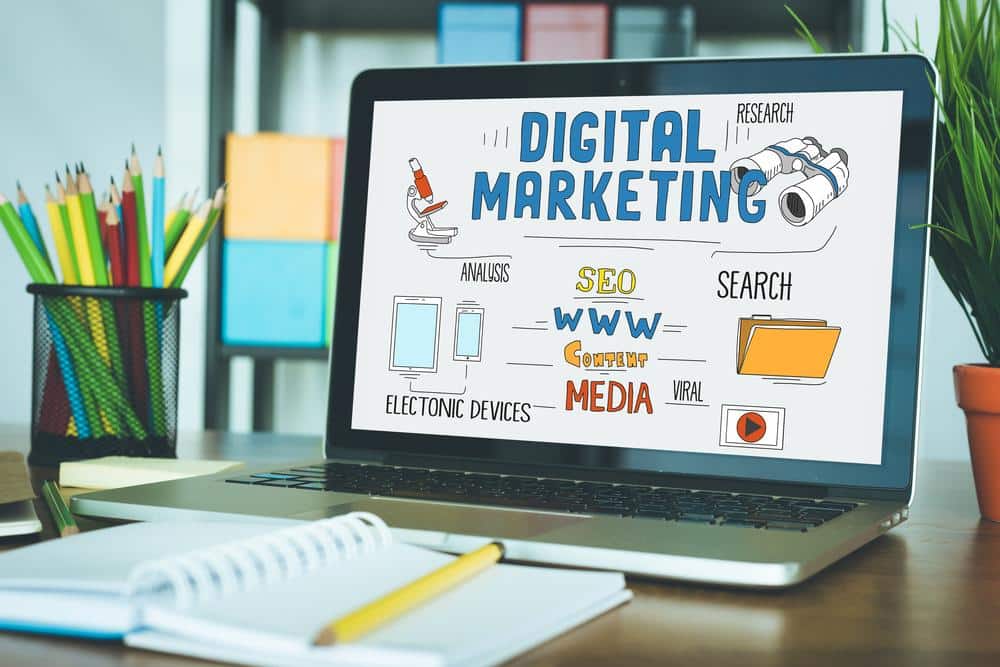Previously, marketing was solely seen as a supporting tool for sales. Its role was to guide consumers through the conversion funnel and ultimately generate leads. The situation has changed as the marketing vector has shifted towards relationship-building.
Sometimes, especially in complex B2B niches, this process can take several years. That’s why nearly every modern marketing icon, infographic, or illustration depicts a broad network, symbolizing interconnected relations.
How has marketing changed over the past decades, and why is it an essential part of the global economy? Read on to find out!
5 Main Changes in Digital Marketing Nowadays
While the term “digital marketing” emerged in the 1990s when fierce competition began to develop among technology companies, initially, this concept covered attracting a mass audience using print, radio, TV, and billboards.
In the 2000s, there was a significant increase in internet users, and buyers began to seek information about products online rather than consulting with sellers. This led to new types of marketing communications; companies increasingly used websites, emails, and search engines for promotions.
In January 2004, Mark Zuckerberg launched the social network Facebook, which boosted the development of social media marketing.
Resonating with consumer demands, marketing has constantly evolved. For example, when a large part of the world’s population switched to smartphones to search for information, the mobile-first approach emerged. Also, brand communications became more personalized and included an omnichannel strategy to ensure consumers experience consistent messaging across various channels, from social media to websites, getting a seamless and integrated brand experience.

FAQ: How Has the Role of Marketing Changed in Today’s World?
Previously, marketing was considered only as print advertising and attractive offers in stores. But now, this concept is much broader. It includes building user experience, tracking the buyer’s journey, and nurturing long-term relationships.
In 2024, new approaches in marketing strategies are being observed, namely:
- Fluctuations in supply and demand. Today’s consumers can access information in just a few seconds, while the internet is overloaded with offerings from various companies. As a result, supply significantly exceeds demand. If previously stimulating sales could be achieved simply by launching targeted advertising, marketers now focus on the long-term play. After all, out of all the visitors to a website, only 4% are going to make a purchase.
- ABM approach. Account-based marketing is a strategy that focuses on attracting the most valuable users, rather than trying to reach the widest possible audience. This is radically different from previous approaches, as it allows businesses to concentrate on creating a unique user experience.
- Focus on building strong relations. Earlier, marketing was perceived as an attempt to sell a product at any cost. But today, specialists in this field stimulate customer movement through the funnel by addressing their pain points and educating their target audience. As a result, this builds trust. On the other hand, companies have also become more receptive to mutually beneficial partnerships, which has increased the value of affiliate marketing.
- Personalization. Today, marketers aim to gather as much user data as possible using cookies and website analytics to offer their clients personalized recommendations that align with their interests. Furthermore, in email marketing campaigns, marketers craft compelling subject lines, interactive content, and dynamic calls-to-action, tailoring content and targeted messaging to resonate with individual recipients.
- Technological penetration.61.4% of marketers have incorporated AI into their workflow. This greatly streamlines routine tasks while simultaneously personalizing messages to target audiences.
FAQ: What Does Digital Marketing Look Like Today?
Today, Digital Marketing Takes on Various Forms. for Example, when You Watch Your Favorite You Tubers, Browse Products in Online Stores, or Read Posts on Social Media, All of This Is Part of A Carefully Planned Funnel.
The Essential Role of Marketing in Today’s Economy
Business is the driving force of the global economy because the more goods and services are bought, the higher the potential of a specific country. As a tool that enables companies to strengthen their positions, marketing also contributes to this endeavor.

FAQ: Why Should Businesses Invest in Marketing in Modern Times?
For business, marketing is the function that enables it to unlock its full potential. Skilled professionals in this field can identify the distinctive features of a company, develop a promotion strategy across various channels, create a profile of a target audience, and motivate potential customers to make purchasing decisions.
Let’s take a closer look at how marketing can influence the global economy:
- Stimulating demand. In a global context, marketing is a demand management system. Professionals in this field engage in market research, product development tailored to market needs, pricing, and distribution. This can influence the purchasing power of the market.
- Driving competition. Rivalry may appear unfavorable, but in reality, it’s what keeps the economy running. If your offering lacks demand in the market, it’s unlikely to succeed. The role of marketing is to analyze competitors and devise a product that meets evolving challenges, even if similar solutions already exist.
- Promoting international trade. Every market is unique; different laws and consumer preferences may apply within them. If your marketing department isn’t engaged in exploring new destinations, the company may stagnate. From an economic standpoint, the introduction of new products into the market is crucial as it stimulates competition.
FAQ: How Can the Concept of Marketing Be Explained Today?
The marketing concept revolves around satisfying customers (whether they are organizations or individual consumers) by providing value. It entails focusing on the needs and desires of customers to differentiate the organization’s products from those offered by competitors.
Conclusion
There’s a myth that marketing is about pushing products and services onto people. But that’s no longer the case. This direction has long ceased to be a tool for sales. Instead, marketing focuses on building deep connections with consumers. In recent years, marketers have favored personalization and the gradual revelation of product values.

